Birkenstock’s Blockbuster IPO: The Brand’s 250-Year History, From Barbie to Billions
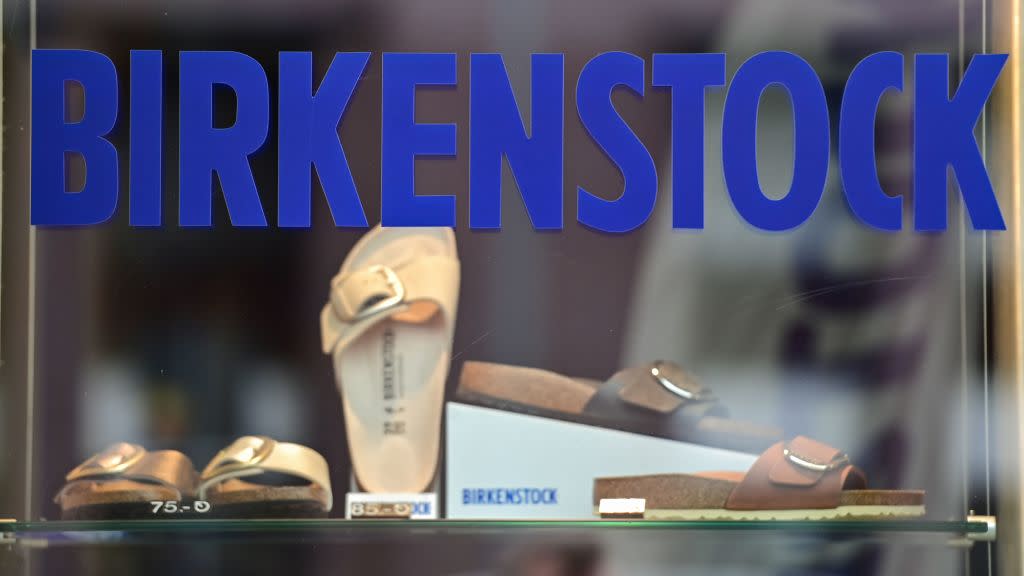
- Oops!Something went wrong.Please try again later.
Consumers today may know Birkenstock for its wildly popular Arizona sandal and Boston clog — or for its many collaborations with top designers such as Dior, Valentino, Fear of God, Manolo Blahnik, Rick Owens and more.
Or perhaps they discovered the brand through its cameo in 2023’s mega-hit movie “Barbie,” a viral scene that sparked a 110 percent increase on online searches, according to Lyst.
More from Footwear News
The history of Birkenstock is rich in standout moments, spanning nearly 250 years. Below is a quick look at some of the pivotal points in time.
The Early Days
Birkenstock’s story begins in 1774 with Johann Adam Birkenstock, who was described as “subject and cobbler” in the church archives of Langen-Bergheim, Germany. Though the family eventually relocates to Frankfurt, it remains committed to shoemaking, and in 1873, Johan’s great-grandson, Konrad Birkenstock, has a breakthrough by developing an anatomically-shaped shoe last (the model that shoes are built around). He continues to experiment and in 1903 creates the first “insole,” though at the time it was made out of metal. By 1913, though, he lands on a construction made with a mixture of materials, including cork and latex, and registers the product under the name “Fußbett” (or footbed). By 1925, the insoles have proved to be so successful that the family opens a factory in Friedberg, German.
The First Shoes
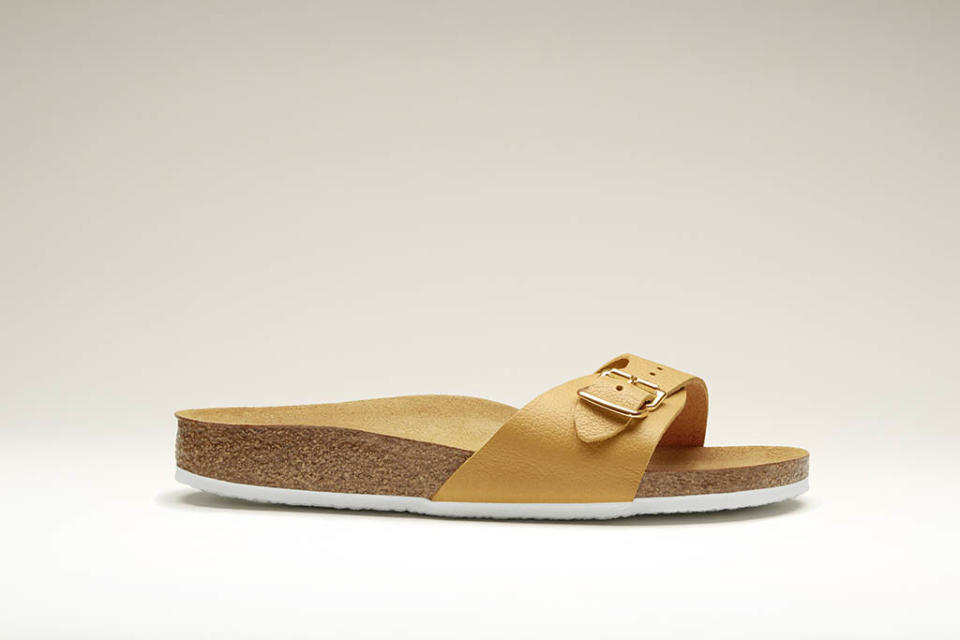
In 1963, Karl Birkenstock launches the original fitness sandal with a deep and flexible footbed, which has been sold under the name “Madrid” since 1979. Immediate success of the new style fails to materialize, however. Shoe retailers boycotted the “unusual” footwear because it wasn’t in line with mainstream fashion, but the company finds success with physicians. Still, Karl Birkenstock continues to create new shoe silhouettes. In 1964, he creates his next sandal (“Zürich”) and another follows in 1965 (“Roma”). By 1973, “Athens,” “Oslo” and “Noppy” are launched. Still popular today, the Arizona sandal first debuted in November 1973 and was initially made with a synthetic upper backed with genuine leather, available in either black or white. Over the next four decades, hundreds of variations were designed, and millions of pairs sold. Another bestseller, the Boston cork clog was born in 1976 as an alternative to the heavy wooden styles that were popular at the time. This lightweight and flexible minimalist closed-toe model became another go-to style for indoors and outdoors, work and leisure.
Coming to America
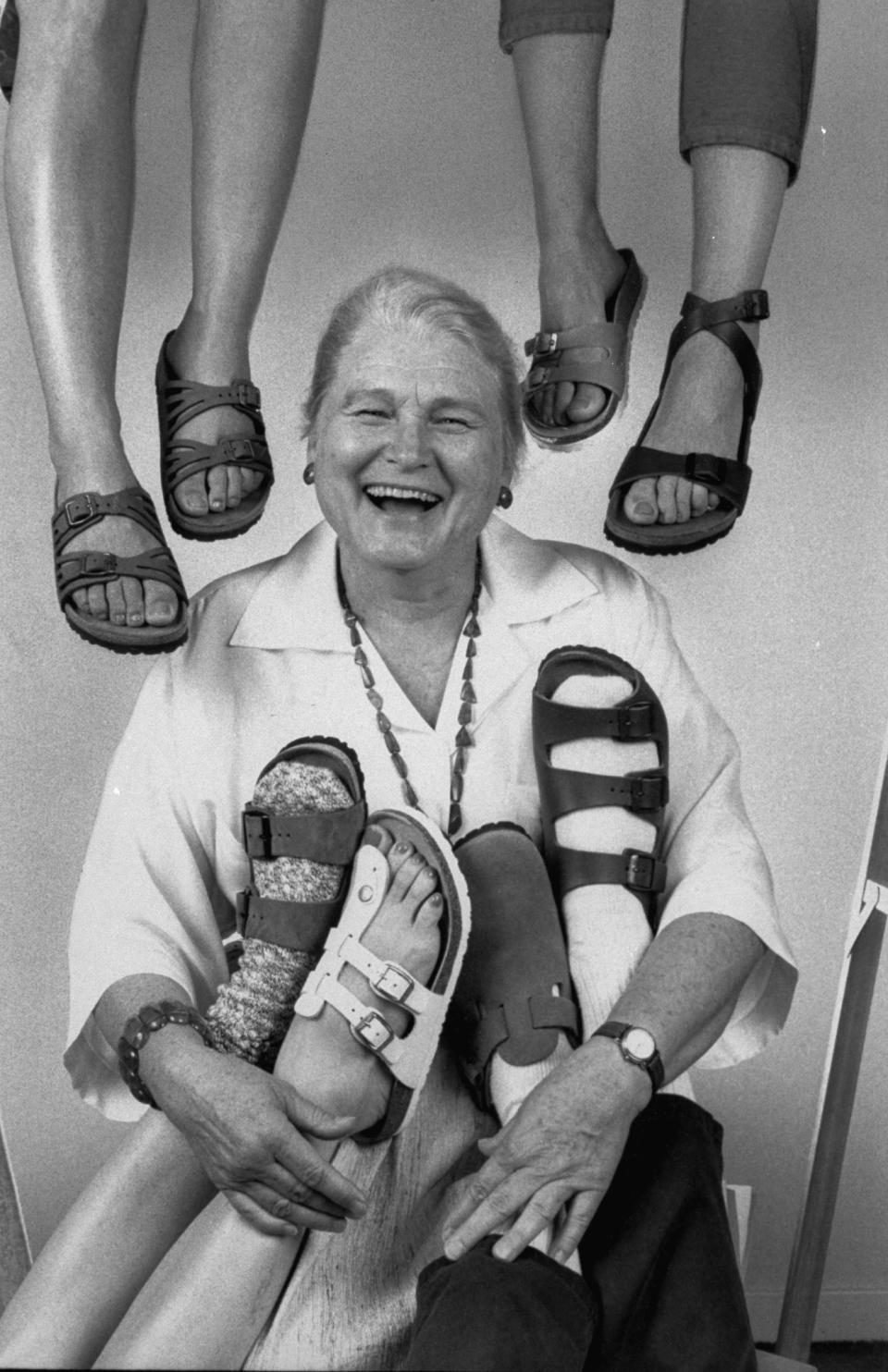
In 1966, Birkenstock is introduced into the U.S. market by German-born designer Margot Fraser, who discovered the brand on a trip to her home country. Fraser then began to sell the original Birkenstock footbed sandals in the United States at health food stores and at weekly markets. In 1972, she founds Birkenstock Footprint Sandals Inc., the basis of today’s Birkenstock USA. In 2002, Fraser retires from her company, but returns briefly in 2004 before Christian Birkenstock acquires a majority stake in Birkenstock Footprint Sandals Inc. He integrates it into the Birkenstock Group of companies and enters into a new dealer agreement with the U.S. distributor under the new name Birkenstock Distribution USA Inc.
Fashion Collaborations
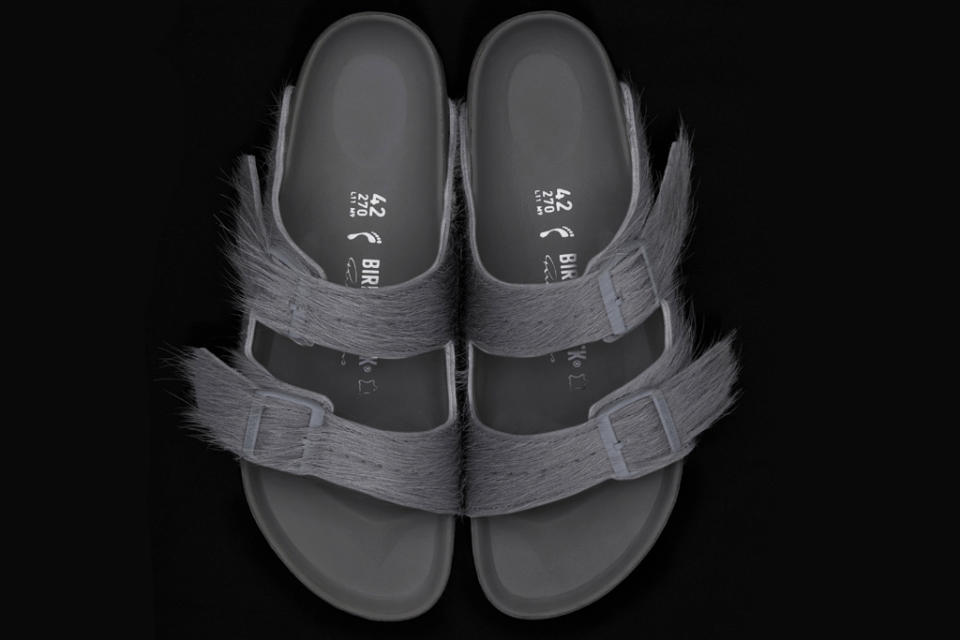
As far back as the 1980s, fashion designers were embracing Birkenstock sandals, but a major turning point came with the brand’s partnership with Rick Owens. In 2018, Owens made the sandals a centerpiece of his Burning Man-inspired presentation and helped ignite a new era for Birkenstock. Together they’ve created multiple collaborations. And that process became the blueprint for the Birkenstock 1774 division, which has since turned out release with Valentino, Jil Sander, Proenza Schouler, Dior, Manolo Blahnik, Fear of God and more. Interestingly, the first major fashion designer to team up with Birkenstock was Marc Jacobs, who reinterpreted the brand’s Arizona model as part of his riotous spring 1993 Grunge collection for Perry Ellis. The sandals were crafted from natural leather, silk and suede and trimmed with a shapely, shimmering rhinestone buckle.
Retail Expansion
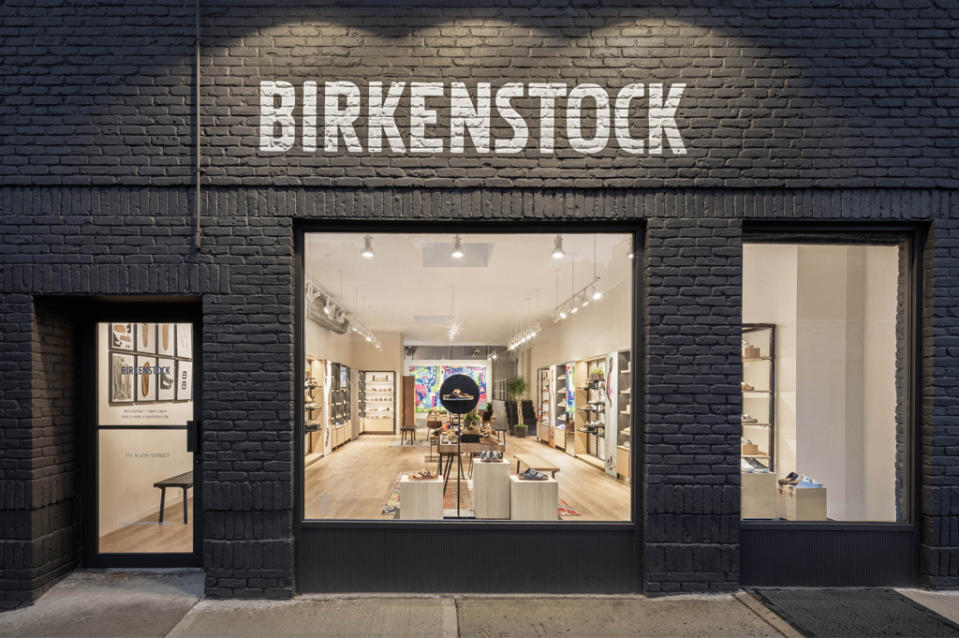
Prior to the pandemic, Birkenstock had been taking a slow-and-steady approach to owned retail in the U.S. Its first stateside owned retail flagship opened in New York’s SoHo neighborhood in 2018, followed by a location in Venice Beach, Calif., in 2019. But after experiencing one of its strongest years ever in 2020 — thanks to a global consumer shift toward comfortable work-from-home fashion — Birkenstock expanded its presence in the U.S. once again, by debuting a flagship store in Brooklyn, N.Y.’s hipster haven of Williamsburg in 2021. This was followed up by the company’s fourth U.S. owned store, which opened in December within the Marin Country Mart in Larkspur, Calif.
The Barbie Moment
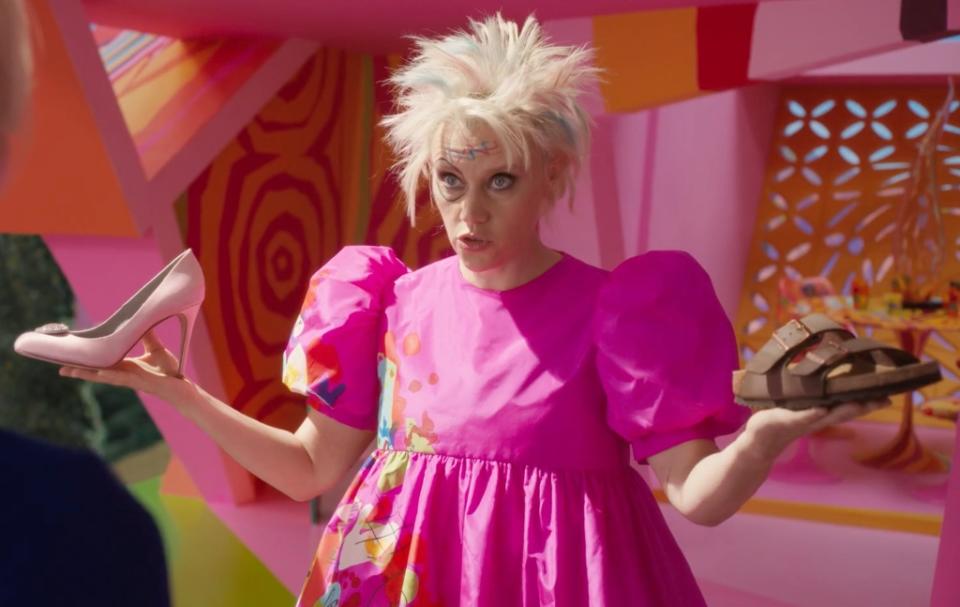
The inclusion of Birkenstock in the plot of “Barbie” – the most successful film of 2023 worldwide with box office sales of over 1.381 billion dollars – was a major win for the brand. In the film, Kate McKinnon’s “Weird Barbie” character explains to Margot Robbie’s “Stereotypical Barbie” she must choose between Barbieland-appropriate sparkly high-heeled pumps and a pair of Birkenstock sandals. The latter are the footwear chosen to represent the real world, where Barbie must venture to remedy her existential crisis — and her suddenly flattened feet. This movie moment sparked a 110 percent increase on searches for Birkenstock Arizonas following its release, according to Lyst. Google Trends data also showed that searches for Birkenstock sandals increased by significant percentages in the U.S. after the movie premiere, according to data from 3DLOOK, a virtual fitting room company. For instance, Google searches for “Birkenstock sandals for women” rose by 346 percent. Searches for “Birkenstocks on sale” were up 102 percent and searches for “buy Birkenstock sandals” and “Birkenstock sandals” rose by 76 percent and 70 percent, respectively.
Going Public
After months of speculation, Birkenstock made its first move to go public in September, sending its prospectus document to the U.S. Securities and Exchange Commission. In the filing, Birkenstock stated it would sell close to 32.26 million shares priced between $44 and $49 per ordinary share to raise about $1.58 billion for the company and its private equity owner L Catterton, which is backed by the French luxury fashion house LVMH. At the low end, the valuation would hover around $8.3 billion, and at the high end about $9.2 billion, according to the numbers revealed in the filing. The prospectus also stated that LVMH CEO Bernard Arnault’s family holding company Financière Agache is interested in buying up to $325 million in shares. Alexandre Arnault, Bernard’ son, will join Birkenstock’s board of directors after the offering. Birkenstock begins trading today under the symbol BIRK. The German company priced its IPO at $46 late Tuesday, within the $44 to $49 range previously projected by the company. That adds up to an $8.6 billion valuation.
Best of Footwear News
Sign up for FN's Newsletter. For the latest news, follow us on Facebook, Twitter, and Instagram.

